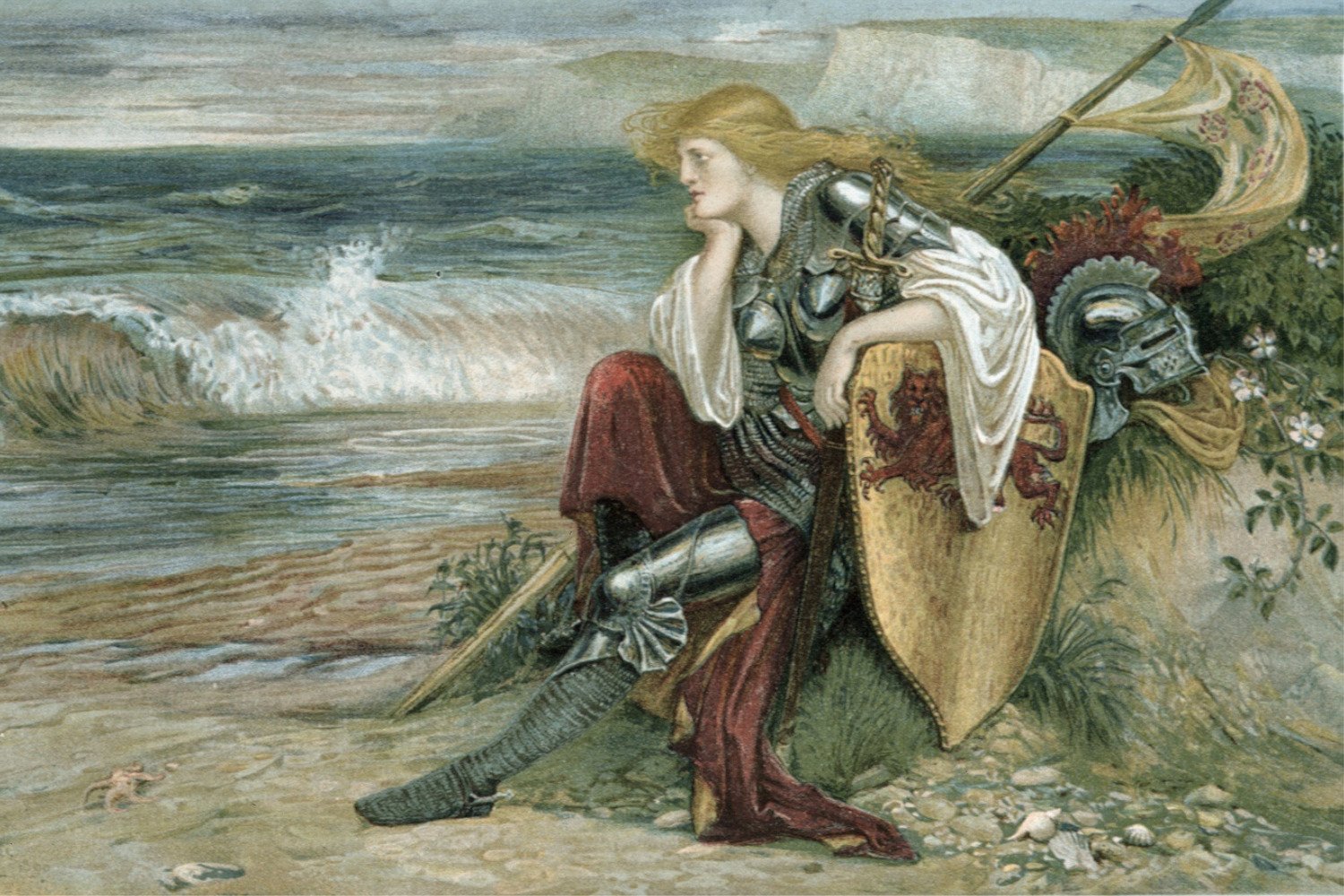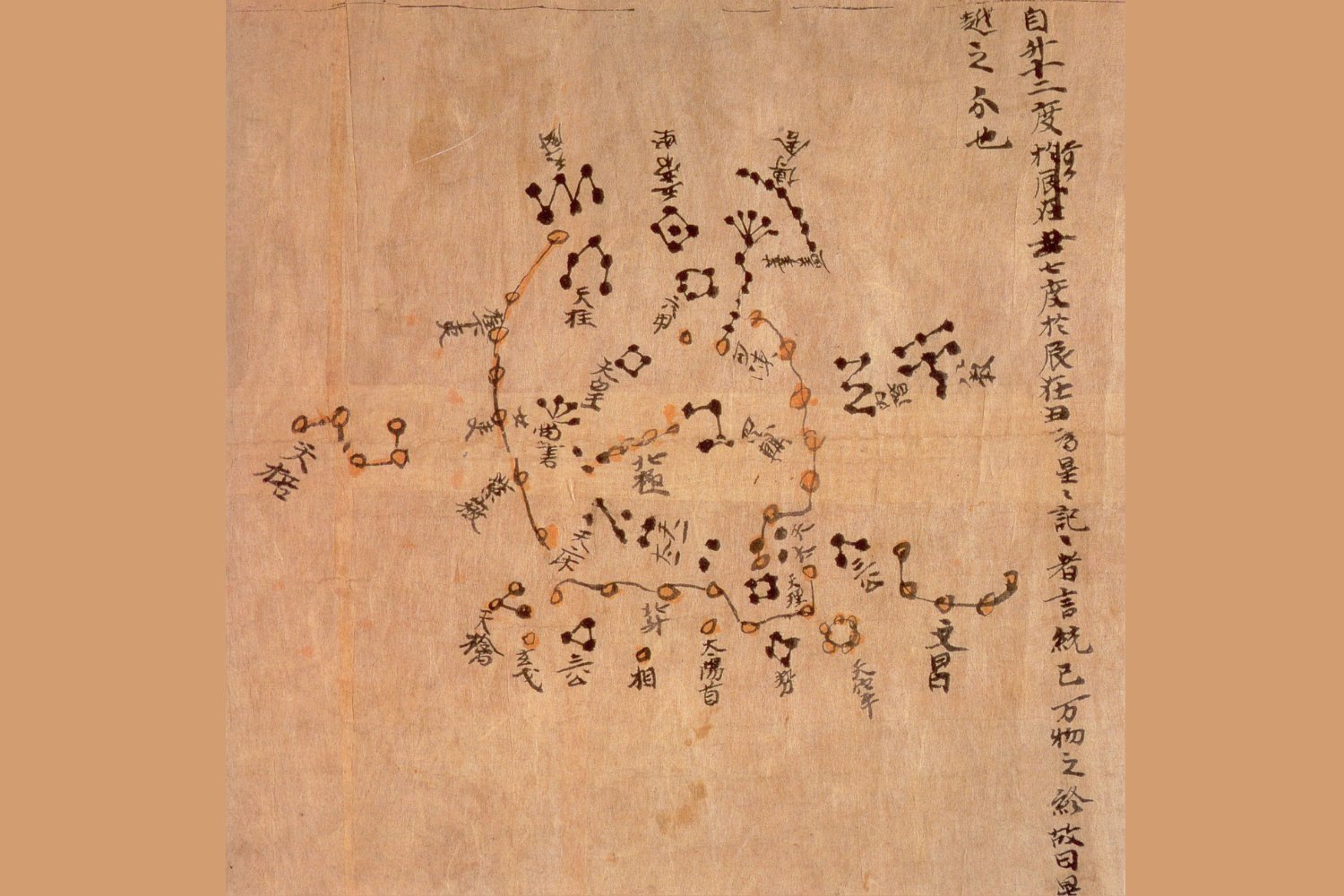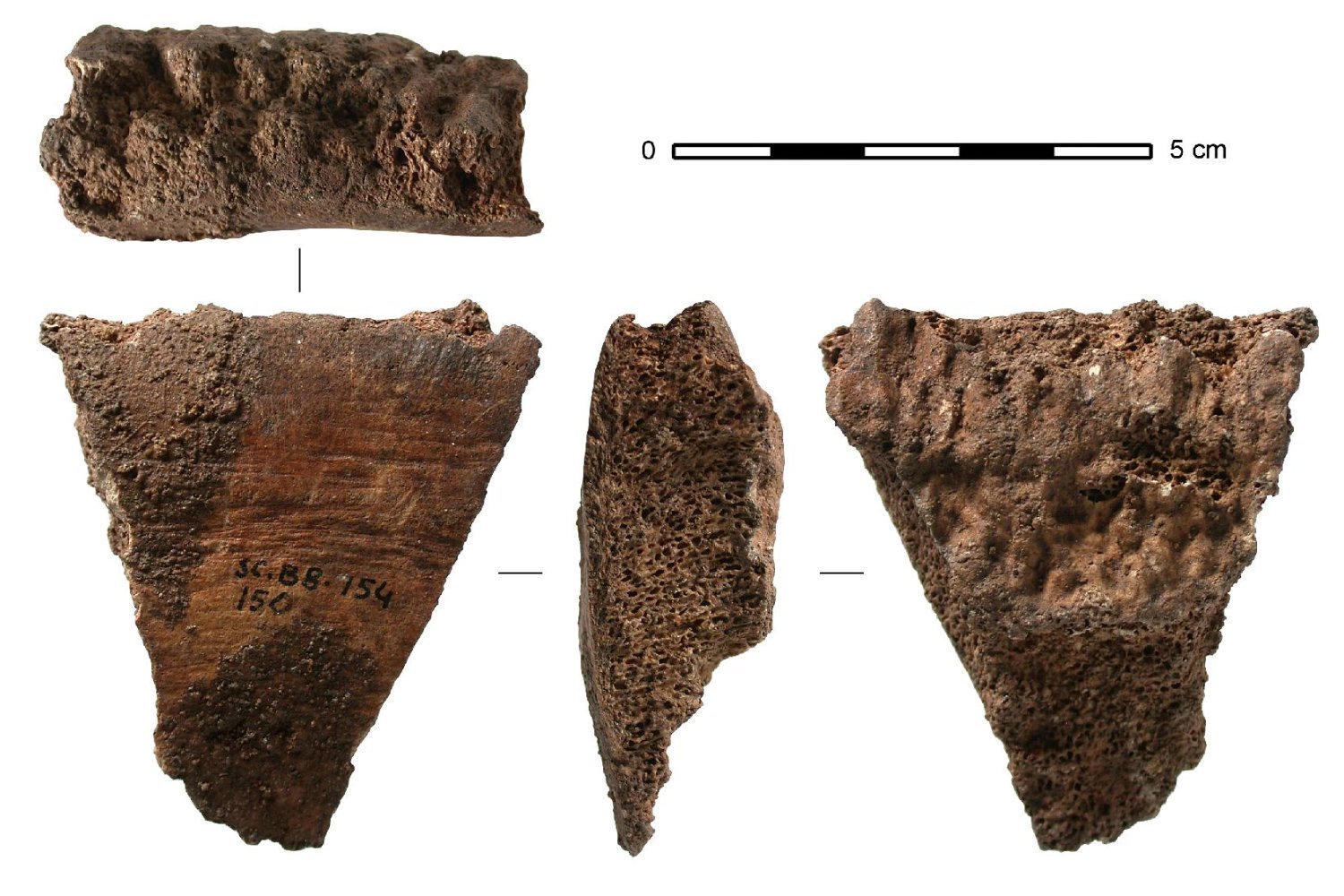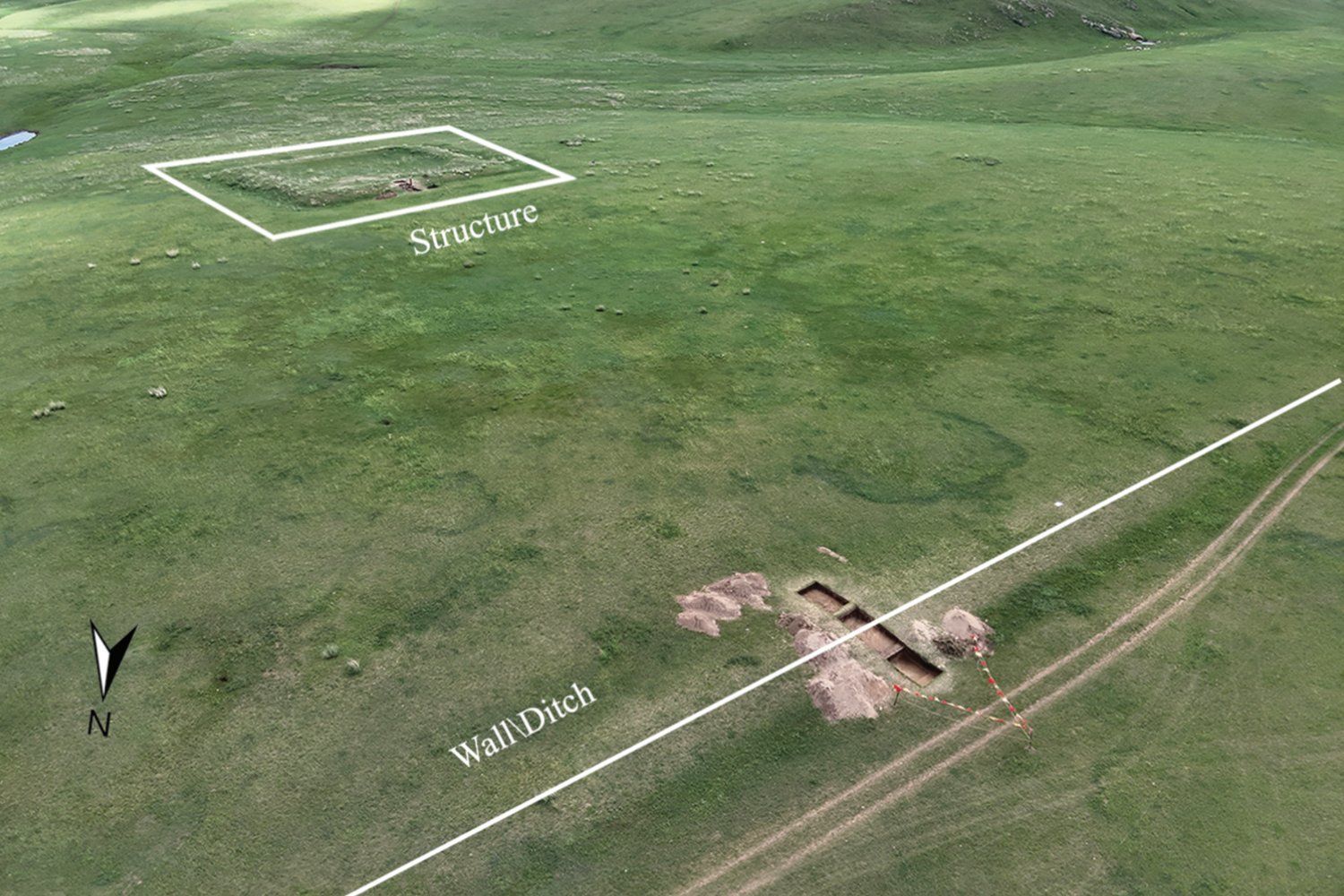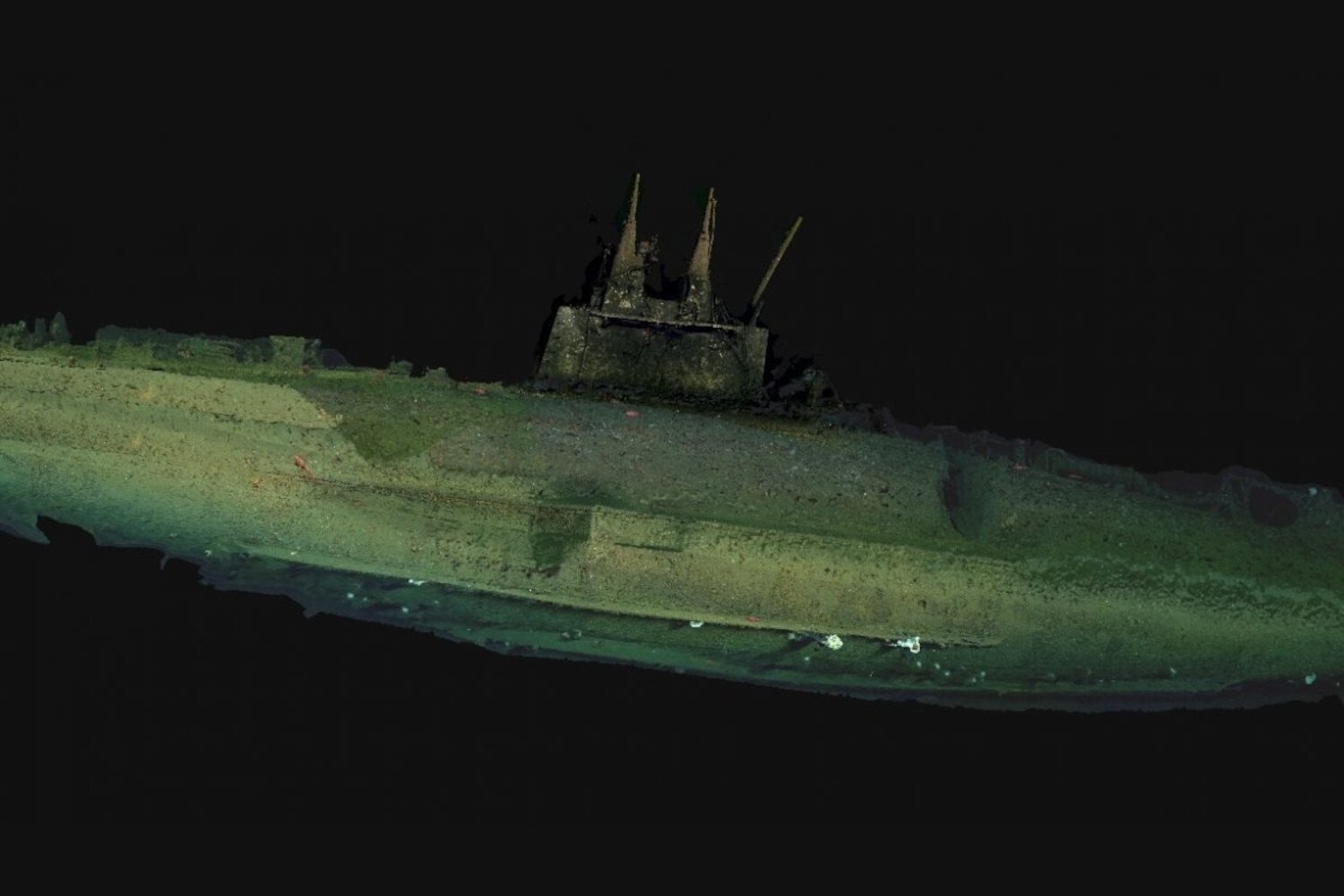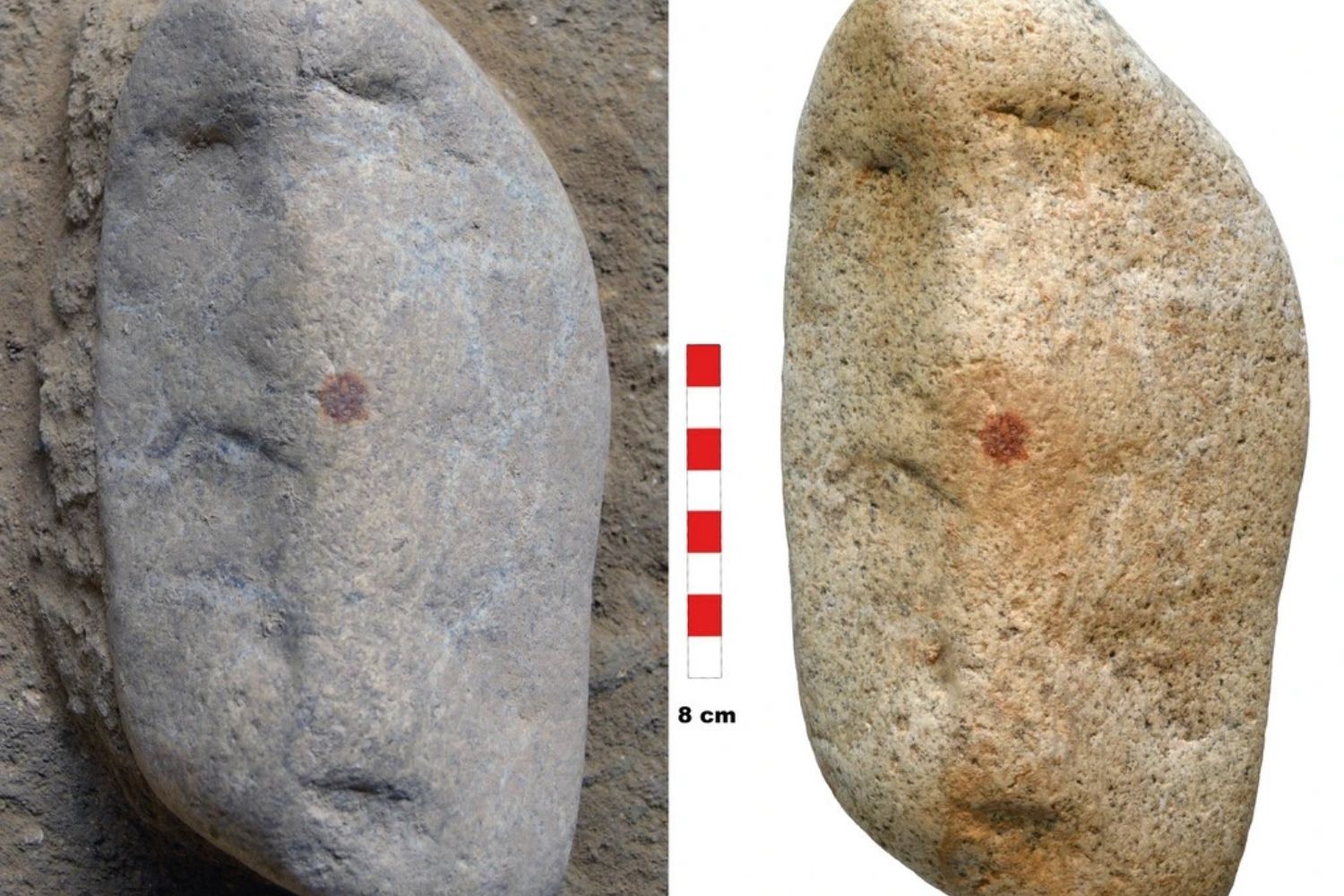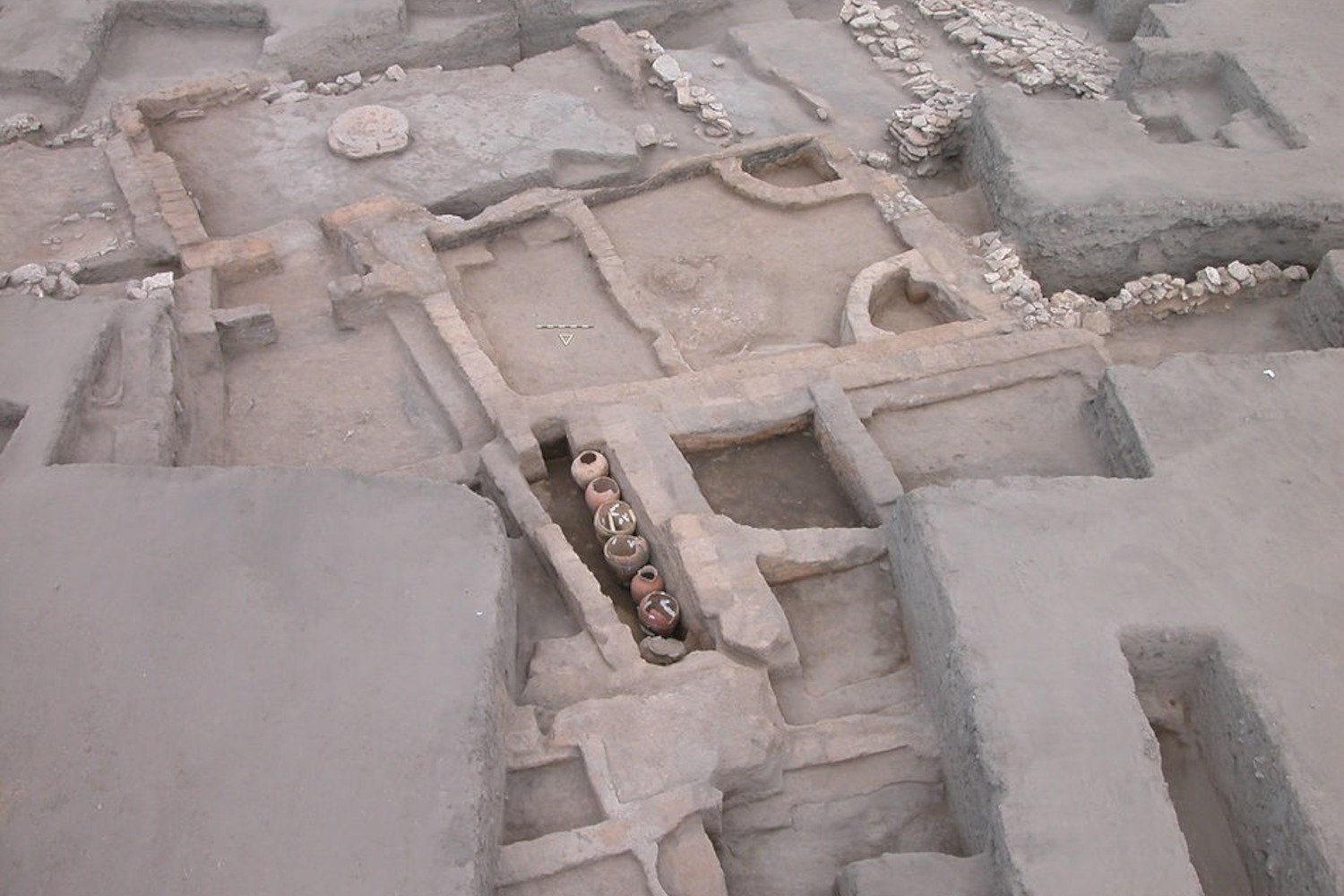Pregnancy, a fundamental aspect of human history, is often overlooked in archaeological studies, especially in periods associated with warfare and conquest like the Viking Age (AD 800-1050). This interdisciplinary study, part of the Body-Politics project, explores the political and social significance of pregnancy during this era, challenging romanticized notions of Viking society.
Conceptualizing Pregnancy: Words and Stories
Old Norse sources, while dating after the Viking Age, offer insights into the cultural understanding of pregnancy. Words like “bellyful,” “unlight,” and “not whole” described the pregnant state. The phrase “A woman walking not alone” hints at the potential recognition of fetal personhood. The Laxdæla saga illustrates this concept, narrating a confrontation between a pregnant woman and her husband’s killer. The killer, wiping his bloody spear on her belly, prophesies his own death by the unborn child, a prediction that ultimately comes true.
Agency and Violence: The Pregnant Warrior
The Saga of Erik the Red portrays a different facet of pregnancy: the agency of the expectant mother. Freydís Eiríksdóttir, facing an attack while heavily pregnant, defends herself with a sword, challenging passive stereotypes of pregnant women. This narrative finds a potential parallel in a 10th-century figurine from Aska, Sweden. The figure, dressed in female attire and wearing a martial helmet, cradles her pregnant belly, suggesting a connection with the unborn child while simultaneously embodying a warrior identity.
This evidence, combined with recent studies of female warrior burials, compels us to reconsider traditional gender roles in Viking society. Pregnant women, in both art and stories, are depicted as active participants, capable of wielding weapons and engaging in violence.
Mortality and Social Status: Unequal Fates
Despite presumed high maternal-infant mortality rates in pre-industrial societies, only a few potential mother-infant burials have been identified among thousands of Viking graves. This scarcity suggests that deceased pregnant women and their unborn children were not consistently buried together, perhaps not even commemorated as a unified entity. Newborns found buried with adult men or postmenopausal women raise questions about burial practices and the social status of infants. Were they considered family members or possibly grave goods?
The underrepresentation of infants in the burial record hints at potential alternative disposal practices. Legal texts further reveal the precarious status of pregnancy for enslaved women, where it was considered a bodily defect.
Conclusion: The Political Womb
Pregnancy in the Viking Age was a complex and deeply political experience. Its meaning varied across social strata, shaping and being shaped by concepts of kinship, personhood, and social status. Far from being a private or invisible matter, pregnancy was central to Viking society’s understanding of life, identity, and power. This study highlights the importance of exploring the “womb politics” of the past to gain a more nuanced understanding of gender dynamics and social structures.



